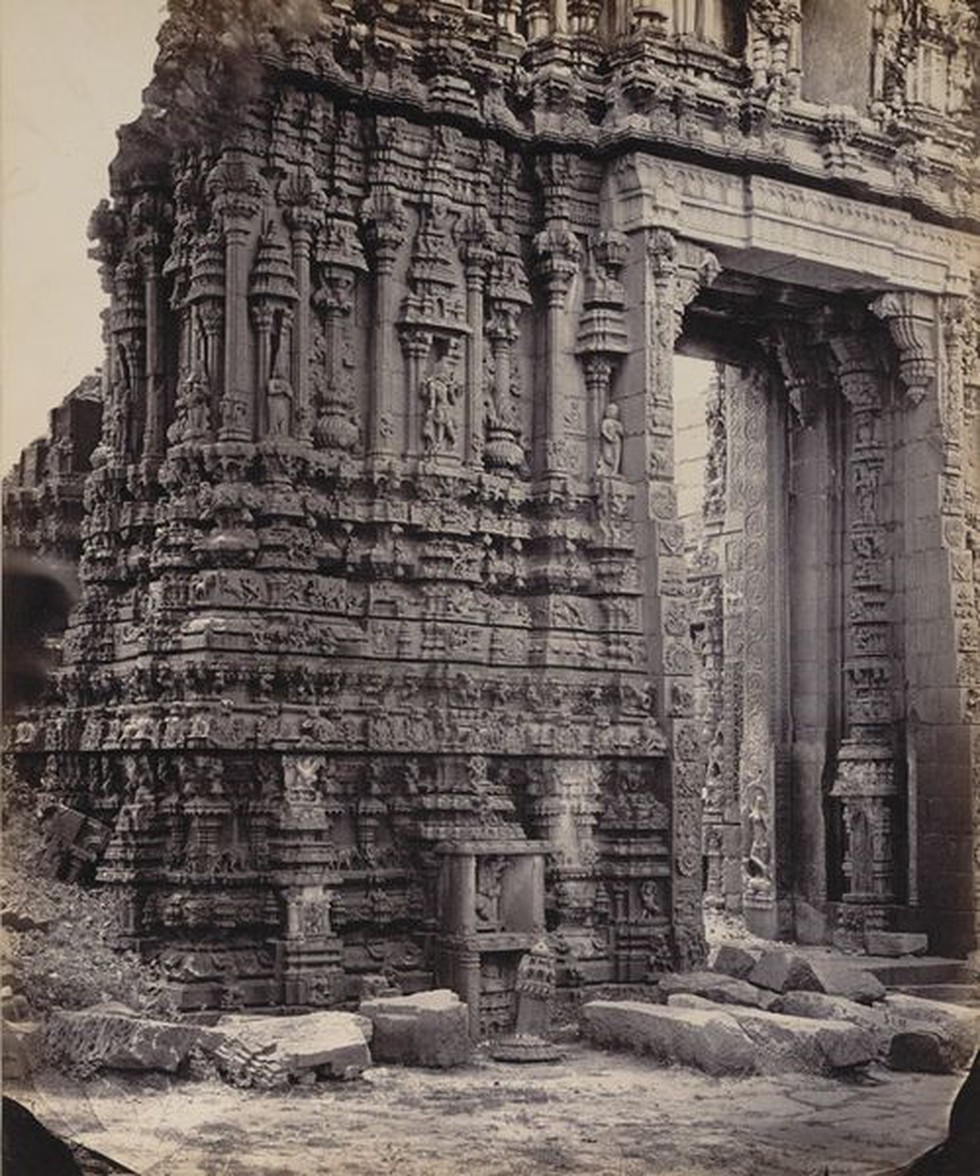About Satavahana Dynasty:
- The Satavahanas, also referred to as the Andhrasin the Puranas, were an ancient Indian dynasty based in the Deccan region.
- Most modern scholars believe that the Satavahana rule began in the late second century BCE and lasted until the early third century CE.
- They ruled from Pune in Maharashtra to Coastal Andhra Pradesh. At its greatest extent, the Satavahana empire covered the whole of the Deccan and spread far into Northern India, perhaps even as far as Magadha.
- They played the most significant role in Indian history in the period between the fall of the Mauryas and the rise of the Gupta Empire.
- Origin:
- Satavahana Dynasty was established in the 1st century BC in the western Deccan Plateau.
- Satavahana Rulers had emerged from the Andhra region or the delta areas of the Krishna River and Godavari River.
- The dynasty was built upon the ruins of the Maurya Empire.
- Rulers of the Satavahana Dynasty:
- Simuka was the founder of the Satavahana Dynasty, and he is believed to have destroyed the Sunga Power.
- The dynasty reached its zenith under the rule of Gautamiputra Satakarniand his successor Vasisthiputra Pulamavi.
- Gautamiputra Satakarni received wide recognition because of his policy of military expansion.
- Satakarni carried on expansion through the entire country and became famous during that era as a king of great power and valour.
- Capital: The dynasty had different capital cities at different times, including Pratishthana (Paithan) and Amaravati (Dharanikota).
- The Decline of the Satavahana Dynasty:
- Till the end of the 2nd century, the Satavahana dynasty expanded from western India to the Krishna deltaand northern Tamil Nadu , but this expansion did not continue for long.
- The Satavahanas Dynasty collapsed when Abhiras seized Maharashtra, and Ikshwakus and Pallavas appropriated the eastern province.
- Their greatest competitors were the Sakas, who had established their power in upper Deccan and Western India.
- The kingdom had fragmented into smaller states by the early 3rd century CE.
- Administration:
- The Satavahana polity was extensively decentralized, as local administration was left largely to feudatories subject to the general control of royal officials.
- The king was at the apex of the administrative hierarchy and was considered the guardian of the established social order.
- Though the royal power was absolute, it was subject to religious dictates & public opinion. The king had to rule in accordance with the rules laid down in the Dharmashastras.
- The ruler appointed several ministers & executive officers to assist him in administration. The officers in the king’s ministry were called Raj-amateurs.
- Religion and Culture:
- The Satavahanas were followers of Hinduism and patronised Maharashtri Prakrit literature.
- They were influenced by the sacrificial tradition of the Vedic religion.
- The Satavahana rulers gave liberal patronage to Buddhism as well. Gautamiputra Satakarni, Pulumavi, Yajna Satakarni & some other kings financed the excavation of caves, stupas, chaityas & viharas in the Deccan.
- They were the first Indian kings to give royal grants of land to those practising Buddhism and Brahmanism.
- Other practices:
- The most intriguing practice instituted by the Satavahanas was that of metronymics,e., the name of emperors was often derived from the female lineage.
- The Satavahanas were early issuers of Indian state coinage struck with images of their rulers.
